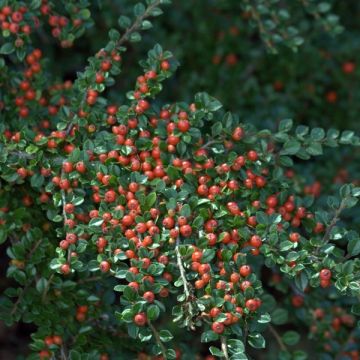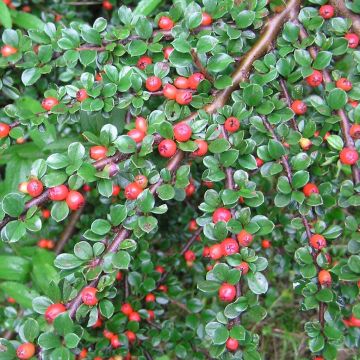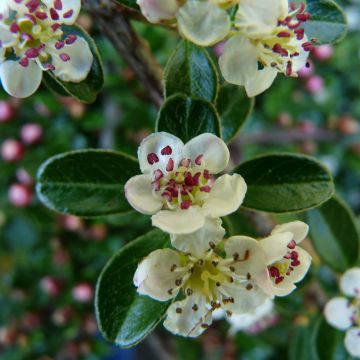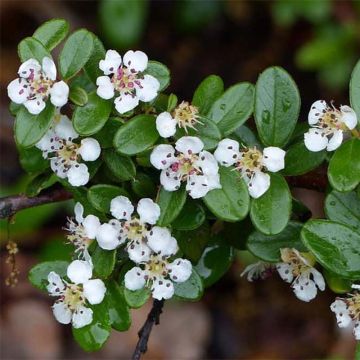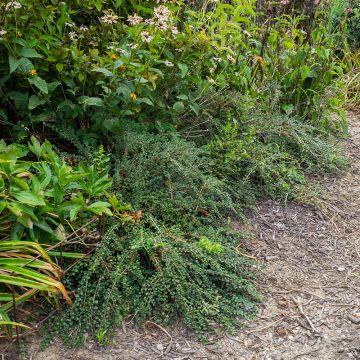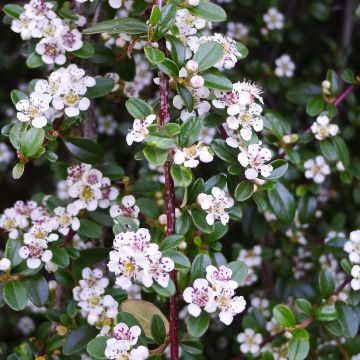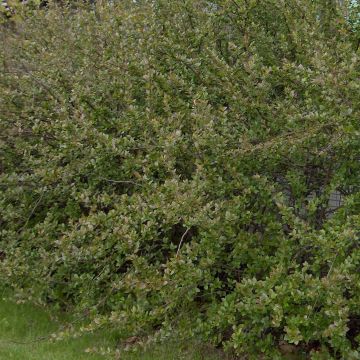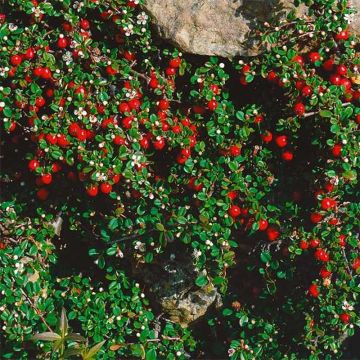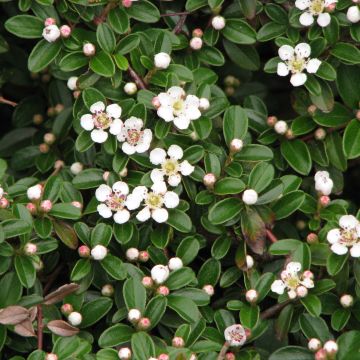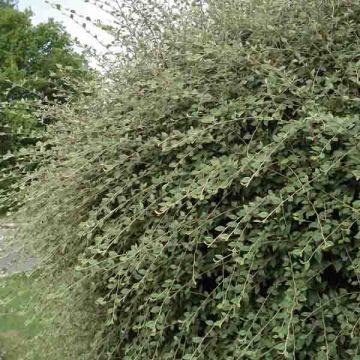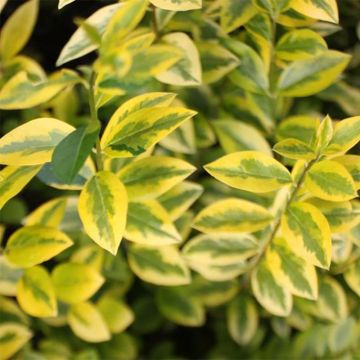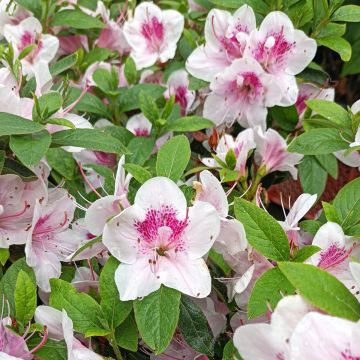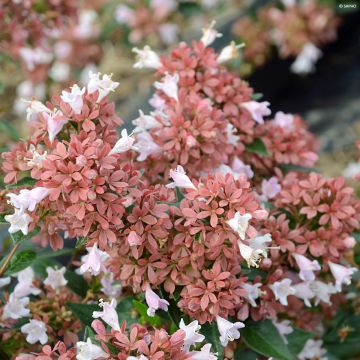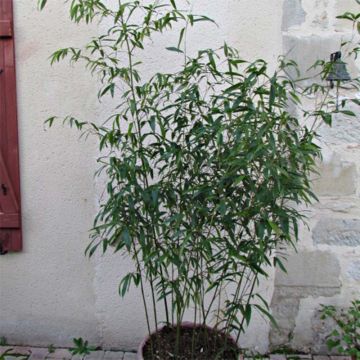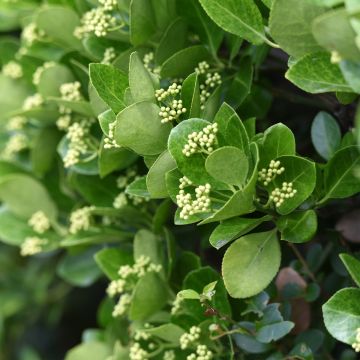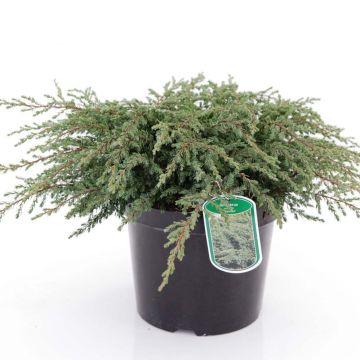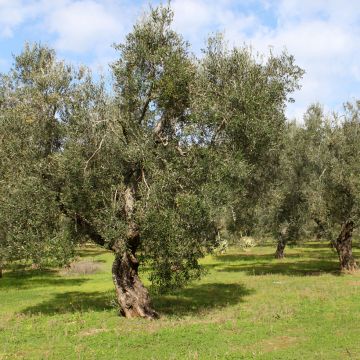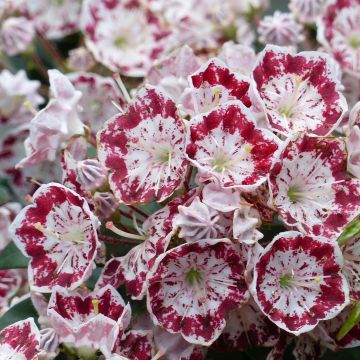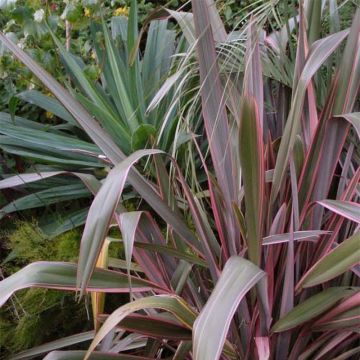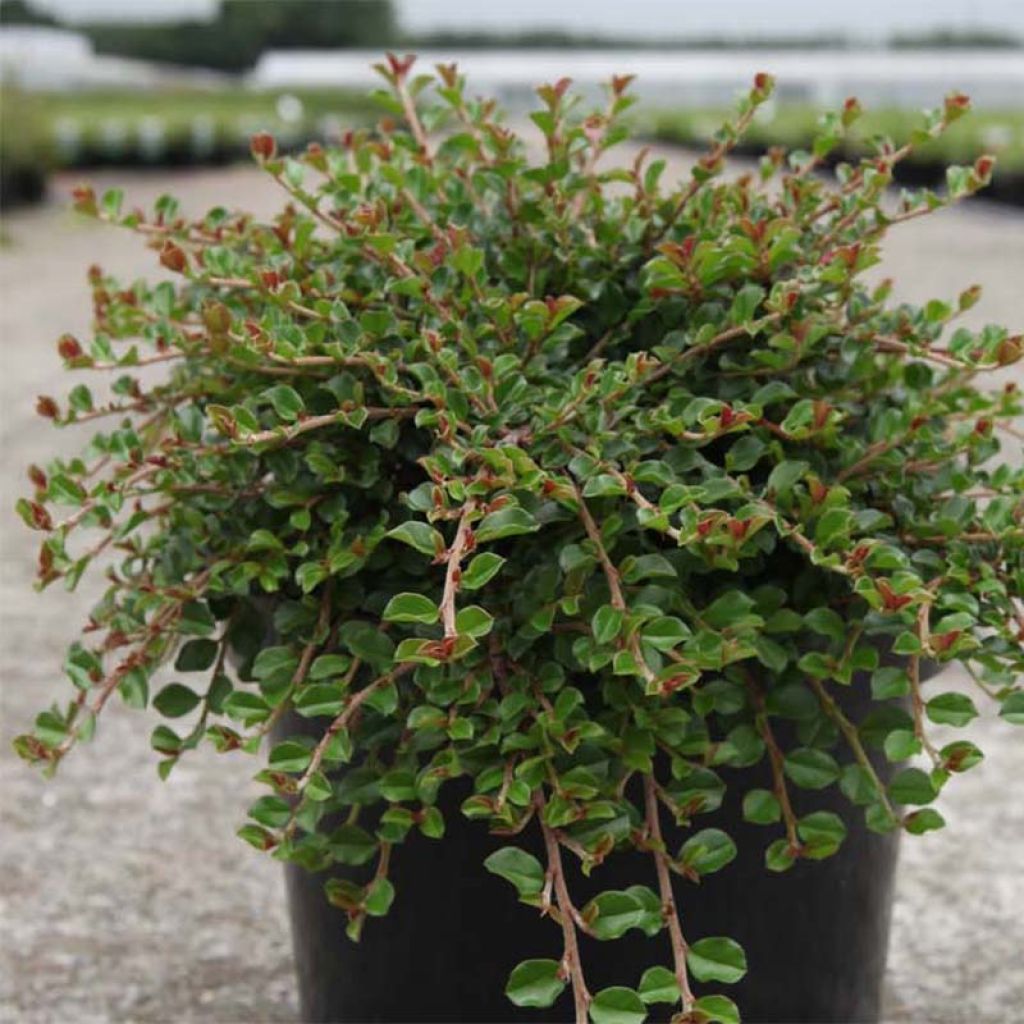

Cotoneaster adpressus Little Gem
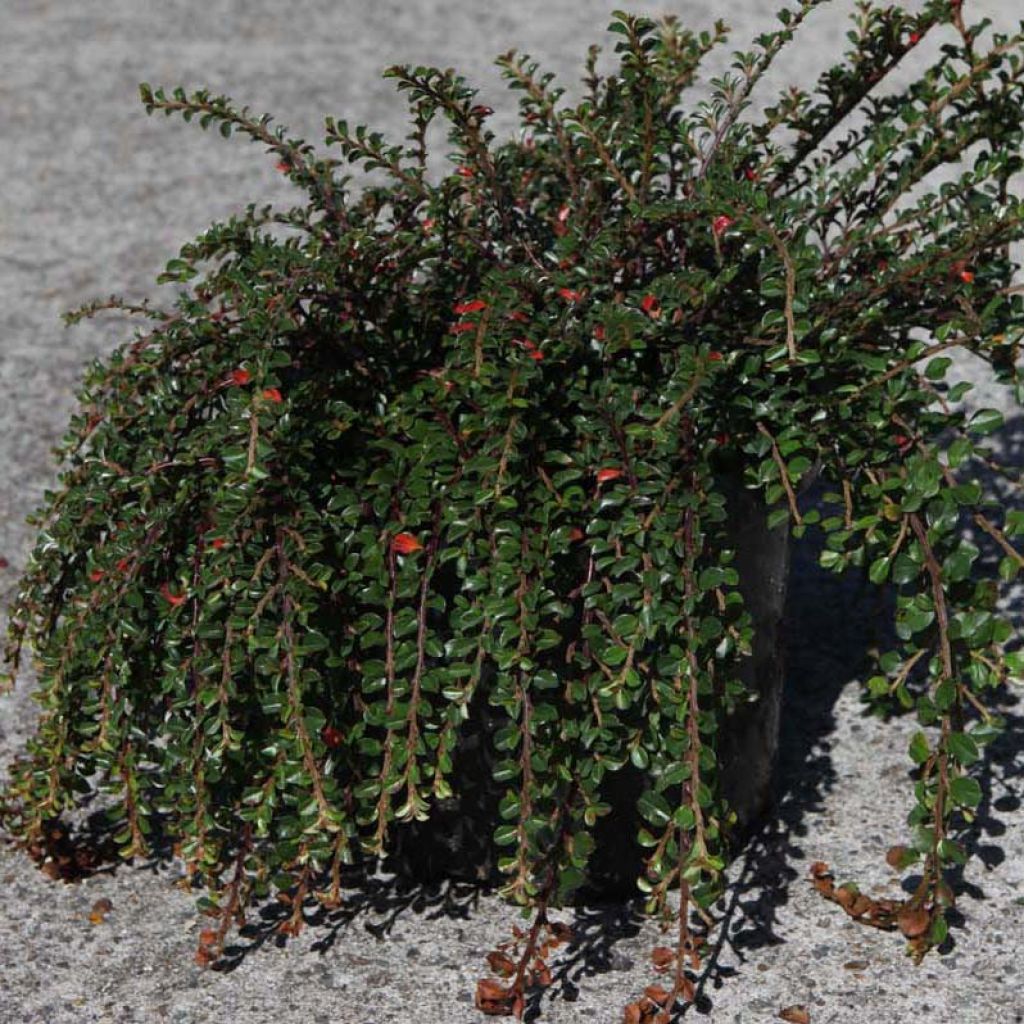

Cotoneaster adpressus Little Gem
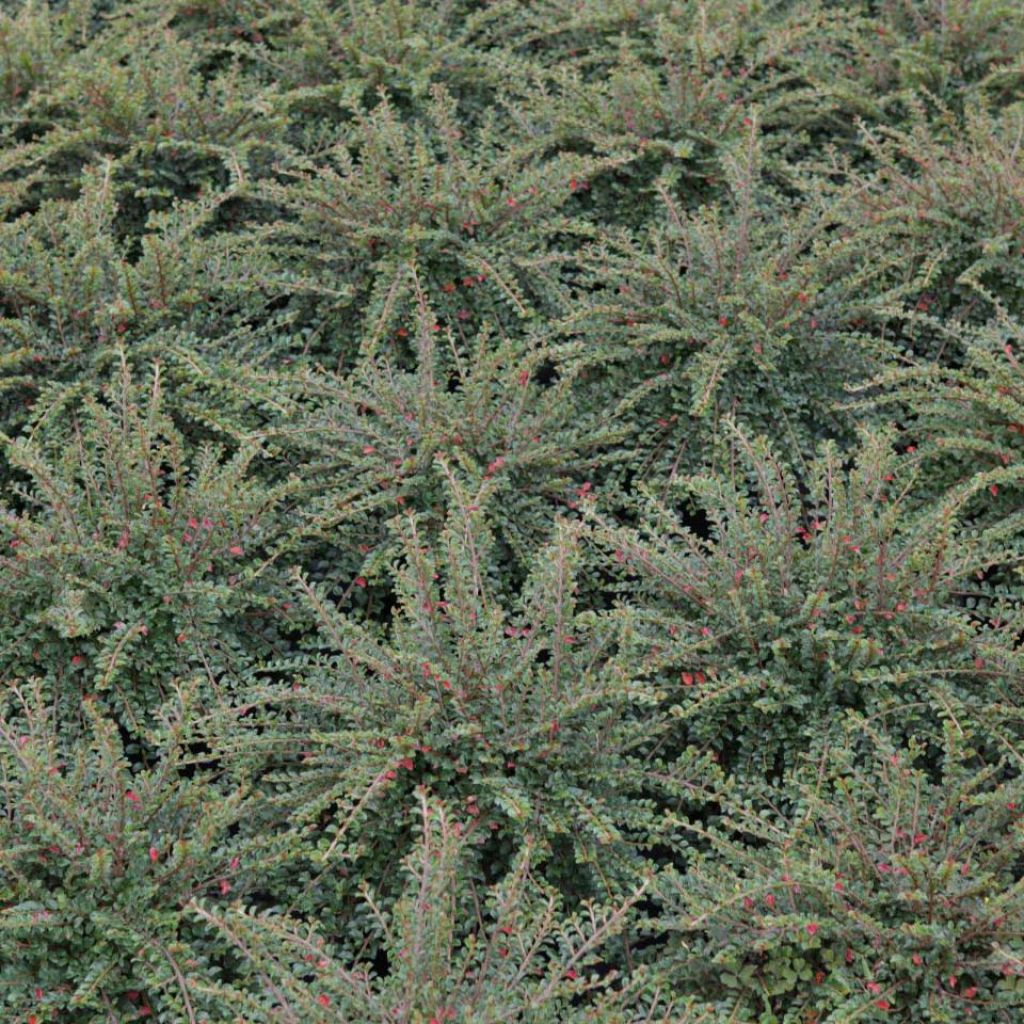

Cotoneaster adpressus Little Gem
Cotoneaster adpressus Little Gem
Cotoneaster adpressus Little Gem
Creeping Cotoneaster
This item cannot be shipped to the selected country
Delivery charge from €5.90
Delivery charge from €5.90
More information
Schedule delivery date,
and select date in basket
This plant carries a 24 months recovery warranty
More information
We guarantee the quality of our plants for a full growing cycle, and will replace at our expense any plant that fails to recover under normal climatic and planting conditions.
From €5.90 for pickup delivery and €6.90 for home delivery
Express home delivery from €8.90.
From €5.90 for pickup delivery and €6.90 for home delivery
Express home delivery from €8.90.
Does this plant fit my garden?
Set up your Plantfit profile →
Description
Cotoneaster adpressus 'Little Gem' is a variety of creeping cotoneaster that differs from the standard type by a more compact and dense habit, as well as the almost total absence of flowers and fruits. This prostrate bush slowly forms a well-groomed mound, with a glossy dark green colour that turns beautiful shades of red to violet in autumn before falling. Although deciduous, this plant makes a good ground cover, both versatile in garden design and effective in weed control. 'Little Gem' is perfect in a rockery, on a slope or above a wall.
Cotoneaster Little Gem, considered to be identical to the Tom Thumb variety, is a cultivar of uncertain origin, probably resulting from the hybridisation of different species and varieties including the Cotoneaster horizontalis var. adpressus, the creeping cotoneaster. The latter is native to western China, where it grows in mixed forests covering rocky slopes of mountains, at an altitude between 1900 and 4000 m (6233 ft 7 in-13123 ft 5 in). All these plants belong to the Rosaceae family. Very robust, 'Little Gem' is able to withstand very harsh winters and occasional droughts, even when growing in poor, rocky soil. It has a prostrate, spreading and creeping habit, more compact than its ancestor, and slower growth. It develops curved and flexible, well-branched branches with shorter internodes, reddish-brown and villous when young, then greyish to almost black and glabrous as they age. It will not exceed 25 cm (9.8 in) in height and 1.8 m (5 ft 11 in) in spread. Its deciduous foliage is composed of small, thick and leathery leaves, ovate in shape, not exceeding 1 cm (0.4 in) in length and 6 mm (0.2 in) in width. They are light green when they bud, before darkening over time and turning red in autumn before falling. Flowering, rarely observed on this plant, takes place in May, in the form of very small flowers with 5 white petals tinged with red. It does not produce fruits.
This creeping cotoneaster 'Little Gem' is ideal for effectively covering the ground in slightly challenging areas of the garden, bringing a very neat touch. While it can grow in various conditions, Cotoneaster adpressus does not appreciate hot and dry climates. Perfect at the base of a tall hedge, it can also be planted in a rockery to fill the spaces between other plants. Plant it without hesitation on a large slope, above a wall or retaining wall, at the edge of a terrace or pathway. It can be paired, for example, with the creeping juniper Blue Star, the Euonymus fortunei Emerald Gaiety, the Berberis thunb. atropurpurea Nana, and the Forsythia intermedia Marée d'or courtasol.
Report an error about the product description
Cotoneaster adpressus Little Gem in pictures
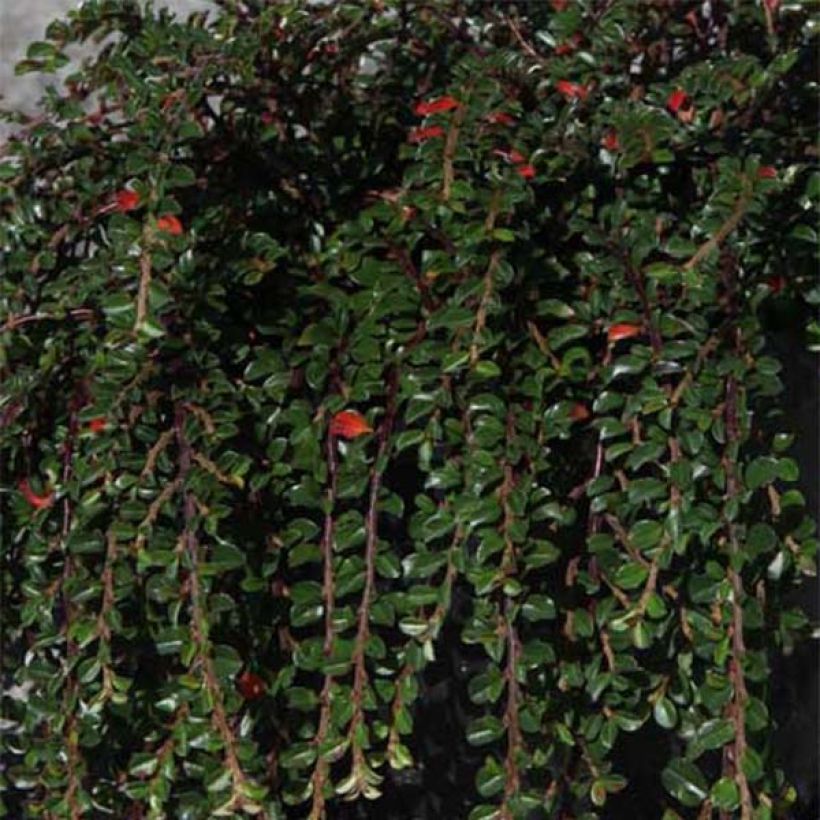

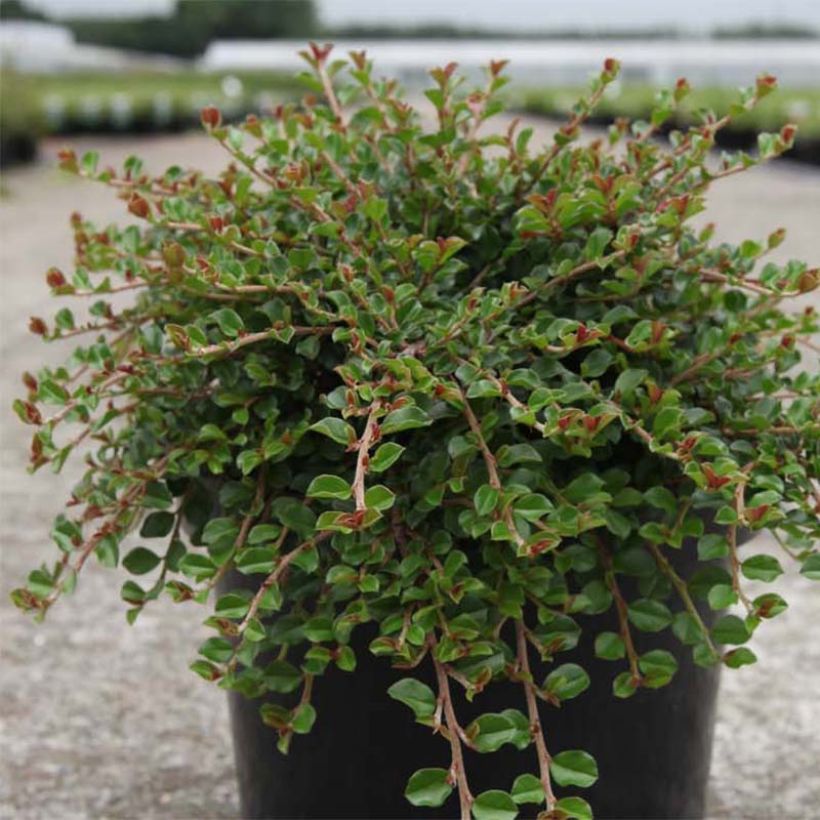

Plant habit
Flowering
Foliage
Botanical data
Cotoneaster
adpressus
Little Gem
Rosaceae
Creeping Cotoneaster
Cultivar or hybrid
Other Cotoneaster
Planting and care
Plant Cotoneaster adpressus Little Gem in a preferably sunny location, although it tolerates partial shade perfectly well. It requires well-draining soil as it does not tolerate excessive moisture. On the other hand, its drought tolerance is quite good once it is well established. It will adapt to any ordinary soil that is slightly acidic, neutral, or even alkaline, as well as rocky soils. This creeping cotoneaster thrives in cool climates and suffers in hot and dry regions. It may be susceptible to fire blight, canker, and foliar spots. Mites may appear in hot and dry conditions.
Planting period
Intended location
Care
This item has not been reviewed yet - be the first to leave a review about it.
Evergreen shrubs
Haven't found what you were looking for?
Hardiness is the lowest winter temperature a plant can endure without suffering serious damage or even dying. However, hardiness is affected by location (a sheltered area, such as a patio), protection (winter cover) and soil type (hardiness is improved by well-drained soil).

Photo Sharing Terms & Conditions
In order to encourage gardeners to interact and share their experiences, Promesse de fleurs offers various media enabling content to be uploaded onto its Site - in particular via the ‘Photo sharing’ module.
The User agrees to refrain from:
- Posting any content that is illegal, prejudicial, insulting, racist, inciteful to hatred, revisionist, contrary to public decency, that infringes on privacy or on the privacy rights of third parties, in particular the publicity rights of persons and goods, intellectual property rights, or the right to privacy.
- Submitting content on behalf of a third party;
- Impersonate the identity of a third party and/or publish any personal information about a third party;
In general, the User undertakes to refrain from any unethical behaviour.
All Content (in particular text, comments, files, images, photos, videos, creative works, etc.), which may be subject to property or intellectual property rights, image or other private rights, shall remain the property of the User, subject to the limited rights granted by the terms of the licence granted by Promesse de fleurs as stated below. Users are at liberty to publish or not to publish such Content on the Site, notably via the ‘Photo Sharing’ facility, and accept that this Content shall be made public and freely accessible, notably on the Internet.
Users further acknowledge, undertake to have ,and guarantee that they hold all necessary rights and permissions to publish such material on the Site, in particular with regard to the legislation in force pertaining to any privacy, property, intellectual property, image, or contractual rights, or rights of any other nature. By publishing such Content on the Site, Users acknowledge accepting full liability as publishers of the Content within the meaning of the law, and grant Promesse de fleurs, free of charge, an inclusive, worldwide licence for the said Content for the entire duration of its publication, including all reproduction, representation, up/downloading, displaying, performing, transmission, and storage rights.
Users also grant permission for their name to be linked to the Content and accept that this link may not always be made available.
By engaging in posting material, Users consent to their Content becoming automatically accessible on the Internet, in particular on other sites and/or blogs and/or web pages of the Promesse de fleurs site, including in particular social pages and the Promesse de fleurs catalogue.
Users may secure the removal of entrusted content free of charge by issuing a simple request via our contact form.
The flowering period indicated on our website applies to countries and regions located in USDA zone 8 (France, the United Kingdom, Ireland, the Netherlands, etc.)
It will vary according to where you live:
- In zones 9 to 10 (Italy, Spain, Greece, etc.), flowering will occur about 2 to 4 weeks earlier.
- In zones 6 to 7 (Germany, Poland, Slovenia, and lower mountainous regions), flowering will be delayed by 2 to 3 weeks.
- In zone 5 (Central Europe, Scandinavia), blooming will be delayed by 3 to 5 weeks.
In temperate climates, pruning of spring-flowering shrubs (forsythia, spireas, etc.) should be done just after flowering.
Pruning of summer-flowering shrubs (Indian Lilac, Perovskia, etc.) can be done in winter or spring.
In cold regions as well as with frost-sensitive plants, avoid pruning too early when severe frosts may still occur.
The planting period indicated on our website applies to countries and regions located in USDA zone 8 (France, United Kingdom, Ireland, Netherlands).
It will vary according to where you live:
- In Mediterranean zones (Marseille, Madrid, Milan, etc.), autumn and winter are the best planting periods.
- In continental zones (Strasbourg, Munich, Vienna, etc.), delay planting by 2 to 3 weeks in spring and bring it forward by 2 to 4 weeks in autumn.
- In mountainous regions (the Alps, Pyrenees, Carpathians, etc.), it is best to plant in late spring (May-June) or late summer (August-September).
The harvesting period indicated on our website applies to countries and regions in USDA zone 8 (France, England, Ireland, the Netherlands).
In colder areas (Scandinavia, Poland, Austria...) fruit and vegetable harvests are likely to be delayed by 3-4 weeks.
In warmer areas (Italy, Spain, Greece, etc.), harvesting will probably take place earlier, depending on weather conditions.
The sowing periods indicated on our website apply to countries and regions within USDA Zone 8 (France, UK, Ireland, Netherlands).
In colder areas (Scandinavia, Poland, Austria...), delay any outdoor sowing by 3-4 weeks, or sow under glass.
In warmer climes (Italy, Spain, Greece, etc.), bring outdoor sowing forward by a few weeks.

































